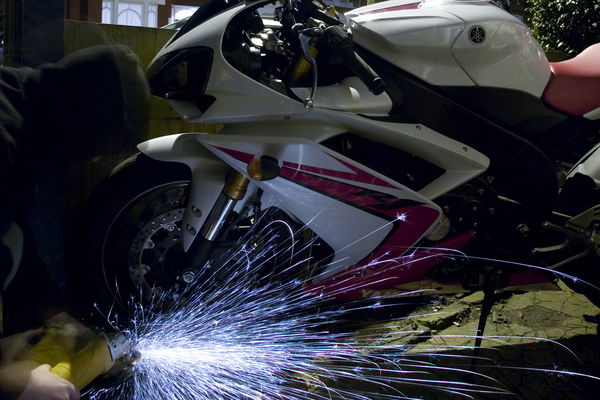Motorcyclist sues over driverless car crash
A world first, but is it a sign of things to come?

A SAN Francisco motorcyclist is suing General Motors – one of the world’s largest car firms – following a crash with one of its prototype self-driving cars.
The low-speed incident happened on a busy multi-lane road in the city. According to court filings the motorcyclist, Oscar Nilsson, was riding behind an autonomous Chevrolet Bolt electric car, operated by GM subsidiary Cruise Automation.
The self-driving prototype was manned but operating in autonomous mode. When it moved into the left-hand lane, travelling at 12mph according to an accident report, Nilsson began to overtake it. The car then aborted its lane change, moving back into its original lane, now occupied by Nilsson, who was doing 17mph.
The police report on the incident blamed the rider, saying he shouldn’t have been passing on the right. However, it also noted that the Chevrolet’s human overseer tried to grab the wheel and avoid the accident.
Unlike much of America, California allows filtering, or 'lane-splitting', as it’s known in the States.
Visordown first reported on the incident in December, before it had emerged that Nilsson was suing the car maker.
Court papers filed by Nilsson say: ‘Once the self-driving vehicle cleared the roadway, Mr Nilsson proceeded to travel straight.
'However, at the same time, the self-driving vehicle suddenly veered back into Mr Nilsson’s lane, striking Mr Nilsson and knocking him to the ground.
As a result of the crash, Mr Nilsson suffered injuries to his neck and shoulder and will require lengthy treatment.’
The papers also say Nilsson has been forced to take disability leave from work.
The accident report filed with the California Department of Motor Vehicles by San Francisco-based Cruise Automation said: ‘The Cruise AV was traveling in the centre of three one-way lanes. Identifying a space between two vehicles (a minivan in front and a sedan behind) in the left lane, the Cruise AV began to merge into that lane. At the same time, the minivan decelerated. Sensing that its gap was closing, the Cruise AV stopped making its lane change and returned fully to the centre lane. As the Cruise AV was re-centring itself in the lane, a motorcycle that that had just lane-split between two vehicles in the centre and right lanes moved into the centre lane, glanced the side of the Cruise AV, wobbled, and fell over.’
The report concludes: ‘The motorcyclist was determined to be at fault for attempting to overtake and pass another vehicle on the right under conditions that did not permit that movement in safety.’
General Motors has issued a statement saying: ‘At Cruise, we test our self-driving cars in challenging and unpredictable environments precisely because by doing so we will get better, safer AV technology on the roads sooner.
‘In this case, the motorcyclist merged into our lane before it was safe to do so.’
The court case could prove a landmark given the involvement of an autonomous car.











